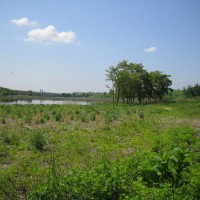Tags: restoration
Goats: Good for wetlands, Baaad for Phragmites

The Covid-19 pandemic has impacted virtually every aspect of our daily lives. Our outdoor spaces, including our urban parks, have seen huge increases in usage while also facing budget cuts that have limited maintenance staff and operations. This fall, volunteers supported Freshkills Park by removing invasive species and planting a biodiversity garden at Schmul Park.
...MOREWetland Restoration at Freshkills Park

The Fresh Kills site was once a network of waterways with acres of tidal wetlands. When the Fresh Kills Landfill opened in 1948, people did not realize the ecological value of this habitat. Now NYC Parks is transforming the former landfill into Freshkills Park.
...MOREWetland Restoration Monitoring
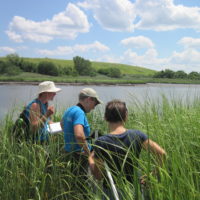
In mid-August, Freshkills Park staff and interns conducted the annual monitoring of the North Park Wetland Restoration. Each year we record how the native plants are doing, whether any invasive plant species are coming back in, and what kinds of wildlife are using the restored site.
...MORESoftening the Edge: How Wetlands Are Protecting Our Coasts
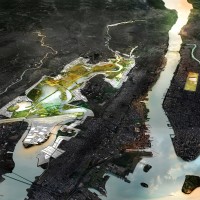
Last year’s winning project for HUD’s Rebuild by Design competition, New Meadowlands, will be making its first steps toward fruition. In April, the State of New Jersey announced a request for proposals from civil engineering and hydrology firms for a feasibility study, environmental impact statement, professional engineering design, and construction administration services.
...MOREFrom Behind the Mounds: Summertime in the Salt Marsh
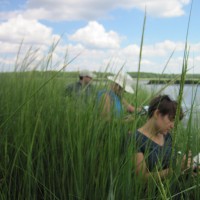
2,200 total acres. 990 acres of former landfill. Last garbage barge in 2001. 150 million tons of garbage. Located along the Arthur Kill, Great Fresh Kill, Richmond Creek and Main Creek.
No, it didn’t matter how many facts I tried to memorize in preparation for my internship with Freshkills Park, because nothing can really prepare you for your first site visit.
...MOREFarther Afield: Mahim Nature Park in Mumbai
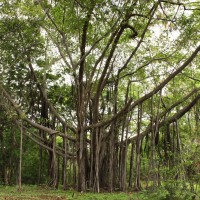
Over the past several decades, there has been a steady decline – paired with an increased consolidation – of landfills within the United States. This is due, in part, to a number of federal legislation that revised and updated the operational practices and permitted locations of municipal waste disposal.
...MORE
